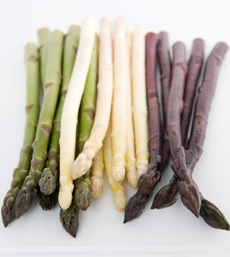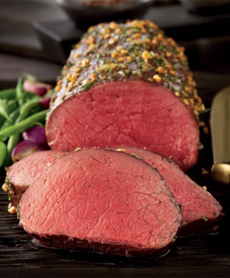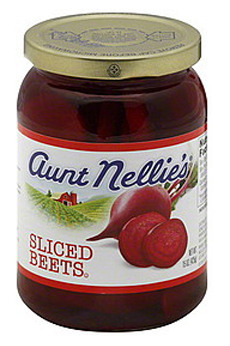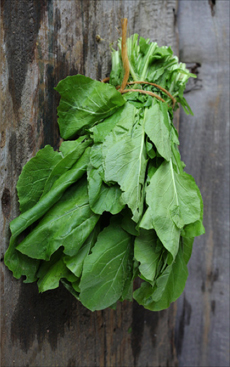|
OH GIVE ME A HOME WHERE THE BISON ROAM
Let us interject a quick lesson: Bison and buffalo are not the same animal. They are cousins in the same family and sub-family, but of different genuses—like the dog and the wolf. Here’s how the taxonomy compares among bison, buffalo and cattle, complete with photos.
Bison is a native American animal; buffalo are the water buffaloes of Africa and Asia. The first Europeans to see bison presumed the huge, shaggy beasts to be another type of buffalo, and the misnomer has lasted for centuries, aided and abetted by the U.S. government’s minting of the “buffalo” nickel. Here’s the difference between bison and buffalo.
And it doesn’t help that the unofficial anthem of the American West (and the official state song of Kansas) was/is “Home On The Range.” The poem, written in the early 1870s in Kansas, was set to music, and the rest is tuneful—if inaccurate—history.
THE BISON REVIVAL
Bison once ranged over most of the North American continent: from the Rockies all the way to the East Coast (hence the city of Buffalo, New York), from Mexico north to the Northwest Territories of Canada.
Most American students learn the tragedy of the bison: how the great natural herds were slaughtered to the brink of extinction in the 1870s and 1880s by commercial hunters and sports hunters. The near-extinction also caused the demise of many Native American tribes, who relied on the bison for food, clothing, coverings for their lodges, sinew for bow strings, tools and fuel.
By 1889, the few remaining animals were saved by the combined efforts of William Hornaday, Director of the New York Zoological Park (now the Bronx Zoo) and a small group of private ranchers. In 1905, the American Bison Society was formed to save the bison and provide protect rangeland for the animals. In 1907, some offspring of the bison saved by Hornaday became the nucleus of the present-day herd of 600 in the Wichita Mountains Wildlife Refuge.
Fast forward to the late 20th century: In the 1970s an 1980s, as the high cholesterol content of beef was raised as a health issue, the search for better meat options led to the bison.
Today, the estimated 75 million North American bison of the mid-1800s are greatly reduced but thriving, with an estimated 500,000 animals. They live on approximately 4,000 privately owned commercial ranches; about 15,000 wild bison are free-ranging on protected lands. [Source: Wikipedia]
The bison is the largest land mammal to roam North America since the end of the Ice Age. It is a descendant of ancient animals that crossed the Bering Strait land bridge some 300,000 years ago. Americans can once again see magnificent herds of this noble heritage beast.
|








